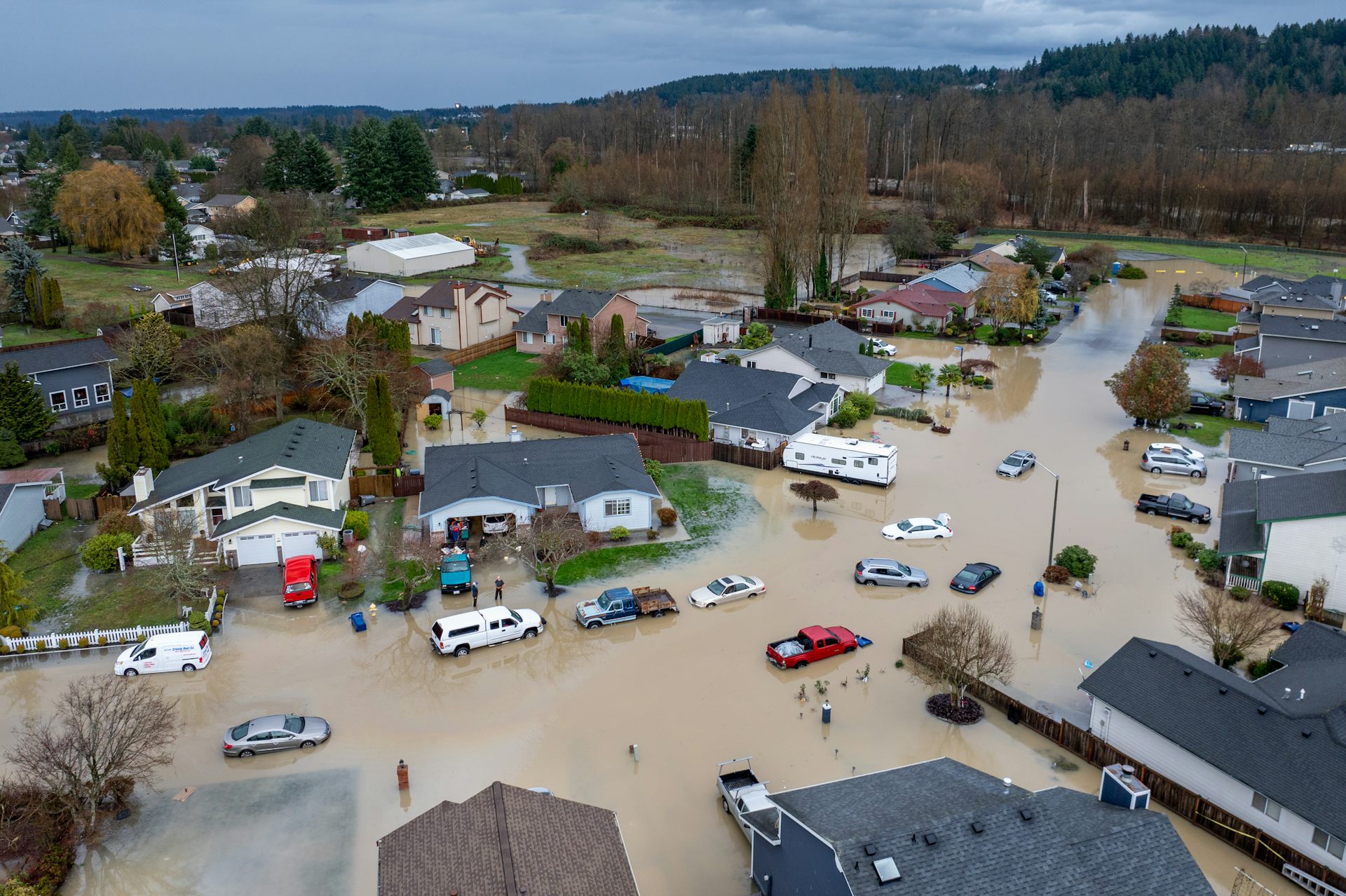Redefining 'impact' so research can help real people right away, even before becoming a journal arti
Science can't just stay in the ivory tower. But what does impact really mean and how does it happen? A study of more than a decade of ecological fieldwork projects in Bolivia suggests a better way.
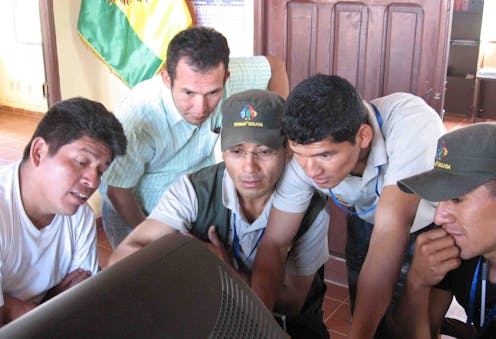
Scientists are increasingly expected to produce research with impact that goes beyond the confines of academia. When funding organizations such as the National Science Foundation consider grants to researchers, they ask about “broader impacts.” They want to support science that directly contributes to the “achievement of specific, desired societal outcomes.” It’s not enough for researchers to call it a day, after they publish their results in journal articles read by a handful of colleagues and few, if any, people outside the ivory tower.
Perhaps nowhere is impact of greater importance than in my own fields of ecology and conservation science. Researchers often conduct this work with the explicit goal of contributing to the restoration and long-term survival of the species or ecosystem in question. For instance, research on an endangered plant can help to address the threats facing it.
But scientific impact is a very tricky concept. Science is a process of inquiry; it’s often impossible to know what the outcomes will be at the start. Researchers are asked to imagine potential impacts of their work. And people who live and work in the places where the research is conducted may have different ideas about what impact means.
In collaboration with several Bolivian colleagues, I studied perceptions of research and its impact in a highly biodiverse area in the Bolivian Amazon. We found that researchers – both foreign-based and Bolivian – and people living and working in the area had different hopes and expectations about what ecological research could help them accomplish.
Surveying the researchers
My colleagues and I focused on research conducted in Bolivia’s Madidi National Park and Natural Area for Integrated Management.
Due to its impressive size (approximately 19,000 square kilometers) and diversity of species – including endangered mammals such as the spectacled bear and the giant otter – Madidi attracts large numbers of ecologists and conservation scientists from around the world. The park is also notable for its cultural diversity. Four indigenous territories overlap Madidi, and there are 31 communities located within its boundaries.
Between 2012 and 2015, we carried out interviews and workshops with people living and working in the region, including park guards, indigenous community members and other researchers. We also surveyed scientists who had worked in the area during the previous 10 years. Our goal was to better understand whether they considered their research to have implications for conservation and ecological management, and how and with whom they shared the results of their work.
Eighty-three percent of researchers queried told us their work had implications for management at community, regional and national levels rather than at the international level. For example, knowing the approximate populations of local primate species can be important for communities who rely on the animals for food and ecotourism.
But the scale of relevance didn’t necessarily dictate how researchers actually disseminated the results of their work. Rather, we found that the strongest predictor of how and with whom a researcher shared their work was whether they were based at a foreign or national institution. Foreign-based researchers had extremely low levels of local, regional or even national dissemination. However, they were more likely than national researchers to publish their findings in the international literature.
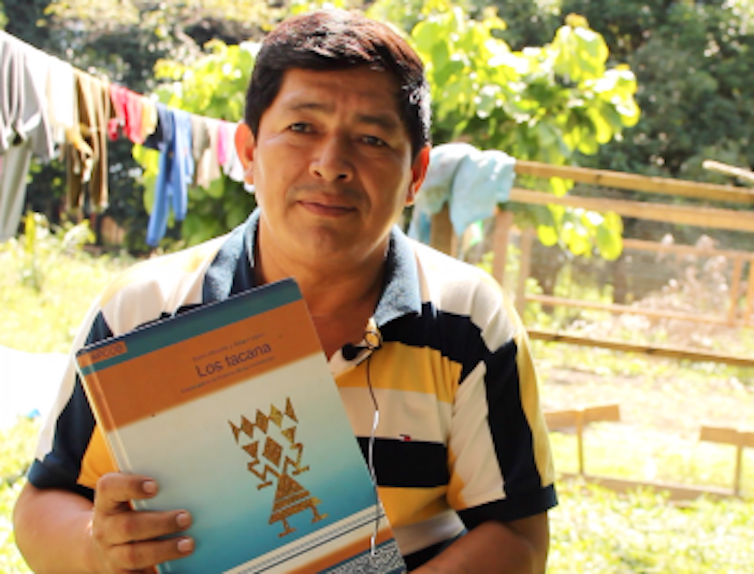
Ongoing scientific colonialism?
This disparity raises concerns about whether foreign-led research in tropical nations such as Bolivia is perpetuating colonial-era legacies of scientific extractivism.
Along with its South American neighbors, Bolivia was subject to centuries of European explorations, during which collectors gathered interesting specimens of flora and fauna to ship back to the country financing the expedition. As late as the 1990s, more than 90 percent of 37,000 zoological specimens from Bolivia were in collections beyond its borders. The expatriation of biological samples has become increasingly restricted under a national political climate of “decolonization.”
But many locals in the Madidi region still expressed to us perceptions that “research is only for the researcher” and “researchers leave nothing behind.” In interviews and workshops, they lamented opportunities missed because they didn’t know about the results of research conducted on their lands. For example, when the park staff learned about previous research done on mercury levels in the Tuichi river that runs through the park, they talked about the importance of sharing this information with local communities for whom fish is a main sources of protein.
Our results suggest that foreign researchers should be wary of a modern form of scientific colonialism – conducting fieldwork in a far-off land and then taking their data and knowledge home with them.
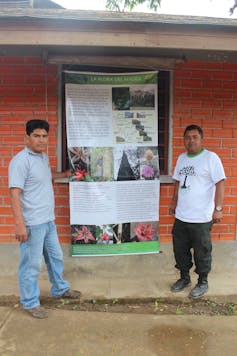
Our study also revealed that in some cases, the question of whether or not research had been disseminated was a matter of perspective. Park offices, indigenous council headquarters and government institutions all held dusty libraries full of articles and books that were in many cases the final products of scientific studies. But very few people had actually read these reports, in part because many were written in English. Also, people in the Madidi region are more accustomed to obtaining knowledge orally rather than through written texts. So finding new ways to communicate across cultural and language barriers is key.
Collaboration beyond publication
Perhaps one way forward is to think differently about what is meant by impact and when it takes place. Although it’s typically understood to occur after the results have been written up, our research found that the most meaningful forms of impact often took place prior to that.

In ecological and conservation science research, locals are hired as guides or porters, and researchers often stay for days or weeks in communities while they are collecting data. This fieldwork period is filled with potential for knowledge exchange, where both parties can learn from one another. Indigenous communities in the Madidi region are directly dependent on local biodiversity. Not only does it provide food and other resources, but it’s vital for the continuation of their cultures. They possess unique knowledge about the place, and they have a vested interest in ensuring that the local biodiversity will continue to exist for many generations to come.
Rather than impact being addressed at the end of research, societal impacts can be part of the first stages of a study. For example, people living in the region where data is to be collected might have insight into the research questions being investigated; scientists need to build in time and plan ways to ask them. Ecological fieldwork presents many opportunities for knowledge exchange, new ideas and even friendships between different groups. Researchers can take steps to engage more directly with community life, such as by taking a few hours to teach local school kids about their research.
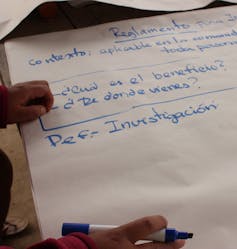
Of course, such activities do not make disseminating the results of research at multiple levels less important. But engaging additional stakeholders earlier in the process could make for a more interested audience when findings are available.
Whether studying hive decline with beekeepers in the United Kingdom or evaluating human-elephant conflicts in India, those affected have the right to know about the results of research. If “broader impacts” are to become more than an afterthought in the research process, non-academics need a bigger voice in the process of determining what those impacts may be.
Anne Toomey received partial funding for this research from Lancaster University and additional financial support from the Rufford Foundation and the Royal Geographical Society.
Read These Next
West Coast levee failures show growing risks from America’s aging flood defenses
Levees protect more than 7 million buildings in the US today, yet they got a D-plus grade in 2025. A…
LA fires showed how much neighborliness matters for wildfire safety – schools can do much more to te
Managing fire risk is about more than regulations and rules. It’s also about caring for neighbors…
Has the Fed fixed the economy yet? And other burning economic questions for 2026
As 2026 begins, uncertainty is at the top of everyone’s mind.


